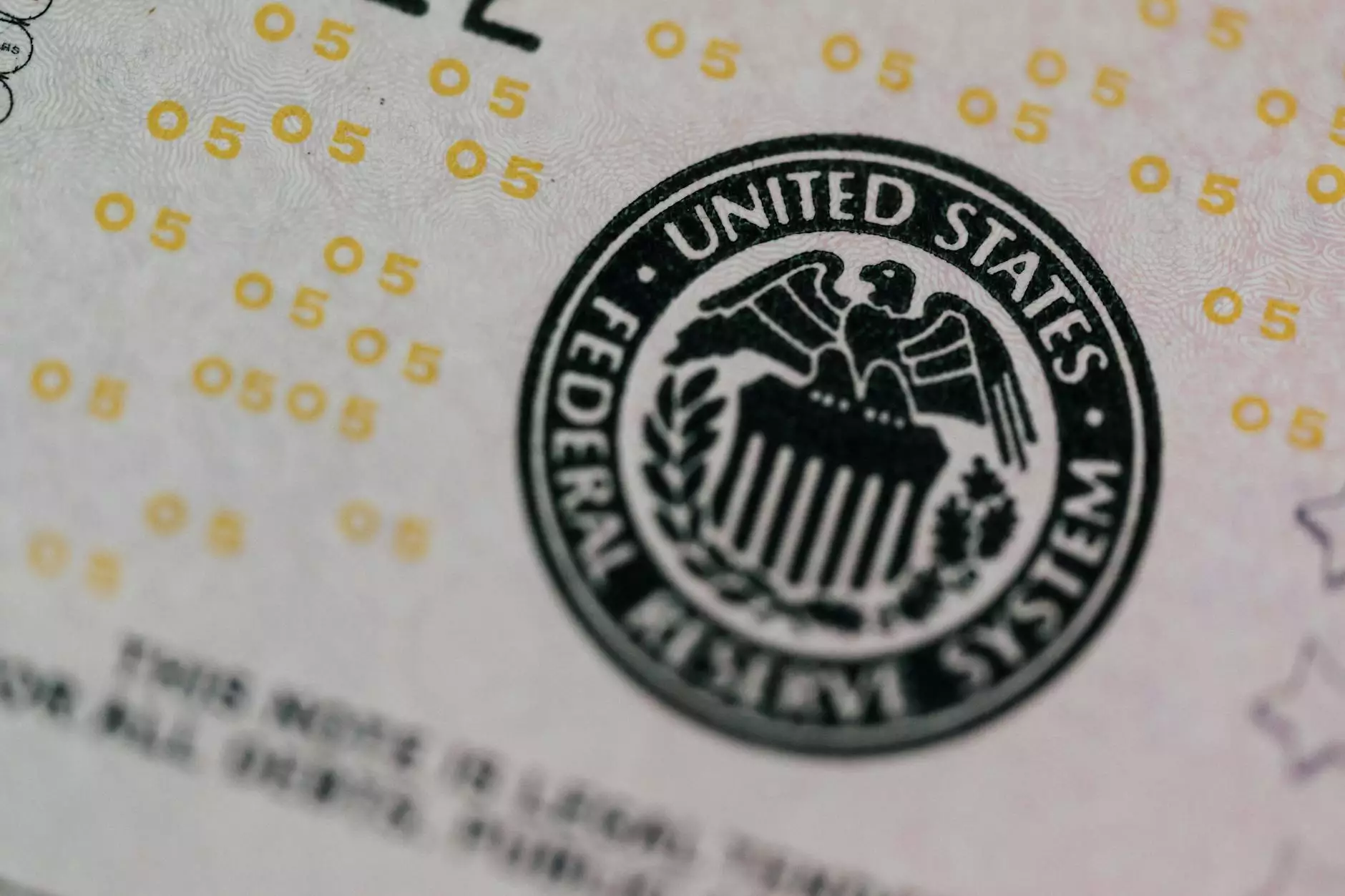How to Prevent Old Debts from Coming Back to Life
Financials & Reports
Introduction
Welcome to the informative guide on preventing old debts from coming back to haunt you. In this comprehensive article, Social Service of America will shed light on effective strategies and insights to protect yourself from the impact of old debts and manage your finances wisely.
Understanding the Impact of Old Debts
Old debts, if left unaddressed, can have a significant impact on your financial well-being. They may resurface unexpectedly, causing stress and negatively affecting your credit score. It's important to be proactive and take appropriate steps to prevent old debts from resurfacing.
1. Review and Organize Your Financial Records
In order to prevent old debts from resurfacing, start by reviewing and organizing your financial records. Locate all past account statements, credit reports, and relevant documentation to gain a clear picture of your debts. This step will help you identify any potential outstanding debts that need attention.
2. Check for Statute of Limitations
Each state has a statute of limitations for debt collections, which is the maximum period of time after which creditors cannot sue you for the debt. Research the statute of limitations in your state and determine if your old debts fall within this timeframe. If the statute of limitations has expired, the debt is considered time-barred, and creditors have limited options for collecting.
3. Validate Old Debts
When dealing with old debts, it's crucial to ensure their validity. Request debt verification from creditors or collection agencies to confirm the existence and accuracy of the debt. Validating old debts can help you identify any errors, potential scams, or instances of mistaken identity.
4. Negotiate with Creditors
If you discover valid old debts, consider negotiating with creditors to find a mutually agreeable solution. Often, creditors are willing to settle for a reduced payment or establish a repayment plan. Exploring these options can help you avoid legal consequences and prevent old debts from resurfacing in the future.
5. Seek Professional Assistance
In complex cases or situations where you feel overwhelmed, seeking professional assistance can be beneficial. Financial advisors, credit counseling agencies, or debt settlement companies can provide expert guidance tailored to your specific needs. They can help you develop a comprehensive plan to prevent old debts from impacting your financial stability.
6. Maintain Good Financial Habits
Preventing old debts from resurfacing requires long-term commitment and maintaining good financial habits. Create a realistic budget, track your expenses, and make timely payments to creditors. Develop savings to establish an emergency fund that can act as a buffer in case of unexpected financial challenges.
Conclusion
Managing and preventing old debts from coming back to life is a critical aspect of maintaining financial stability. By following the strategies outlined in this comprehensive guide, you can protect yourself from the negative impact of old debts and pave the way for a healthy financial future. Remember, taking proactive steps today will lead to a brighter and more secure tomorrow.
Additional Resources
- Debt Consolidation and Its Benefits
- How to Build an Effective Personal Budget
Tags:
Keywords: how to prevent old debts, avoid old debts, manage old debts, financial stability, debt prevention, debt management, financial habits, financial records, statute of limitations, negotiate with creditors, professional assistance, credit counseling, debt settlement, financial well-being, credit score, old debt impact










